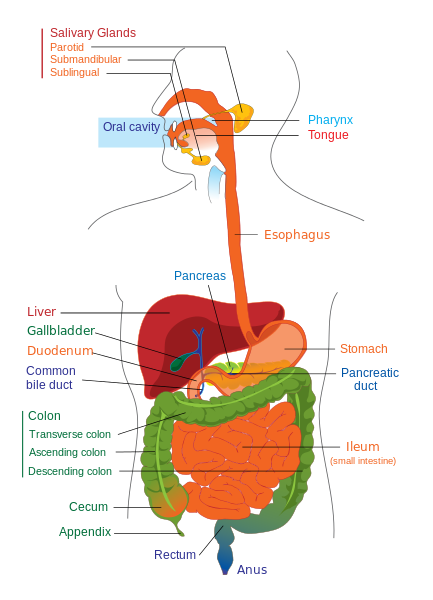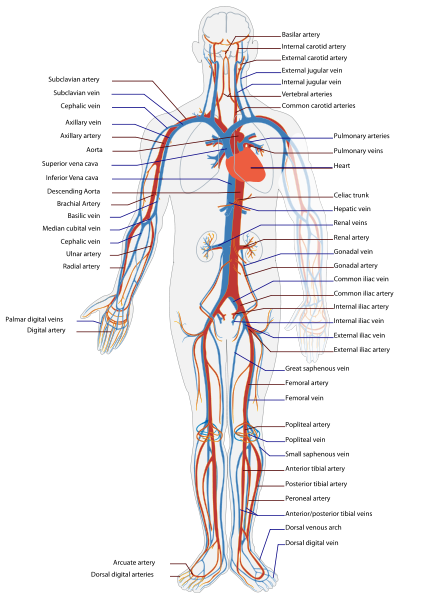The checklist for posterior chest examination includes the following:
Observation of Surroundings:
- Posture: Sitting leaning forward
- Medications: (inhalers, nebulizers, O2 cylinder)
- Sputum cup: Color, quantity, smell
- Edibles
Introduction
- Introduction
- Greetings
- Permission for examination
- While introducing observe for hoarseness, pursing of lips, use of accessory muscles and nasal flaring
Inspection
- Intercostal recession
- Chest shape-barrel, pectus excavatum/carinatum
- Chest movements- symmetry
- Prominent chest wall veins
- Scars
- Deformities- kyphosis, scoliosis
- Aspirations marks or dressing
- Respiratory rate and pattern of respiration
- Audible sounds
Palpation:
- Bony tenderness
- Subcutaneous emphysema if appropriate
- Chest expansion posteriorly
- Tactile vocal fremitus
Percussion:
- Supraclavicular fossae and back of chest wall including axillae
- Check for diaphragmatic excursion
Auscultation:
- Supraclavicular fossae and back of chest wall including axillae
- If areas of dullness on percussion, test for vocal resonance
- Listen for added sounds (rhonchi, crackles, wheeze, rub)
Examine the Front Chest:
- Visible apex beat, displaced trachea
- Palpate for tracheal tug, tracheal shift, apex beat
Relative GPE:
- Examine hands to assess circulation for warmth and venodilation- (CO2 retention)
- Nails- tar staining (smoking), clubbing/cyanosis (fibrosis, bronchiectasis)
- Hands- flapping tremor (CO2 retention), HPOA (Chronic pul. Conditions)
- Pulse- bounding ( CO2 retention)
- Raised JVP- cor pulmonale
- Lymph nodes- cervical, supraclavicular and axillary (infection, malignancy)
- Face- polycythemia (COPD), cyanosis (respiratory failure I)
- Eyes- horner’s syndrome- pinpoint pupil and ptosis (malignancy)
- Tongue- central cyanosis (respiratory failure-I)
- Feet- ankle edema (cor pulmonale)
Conclusion:
- Thank the patient, summarize and present findings
 howMed Know Yourself
howMed Know Yourself



